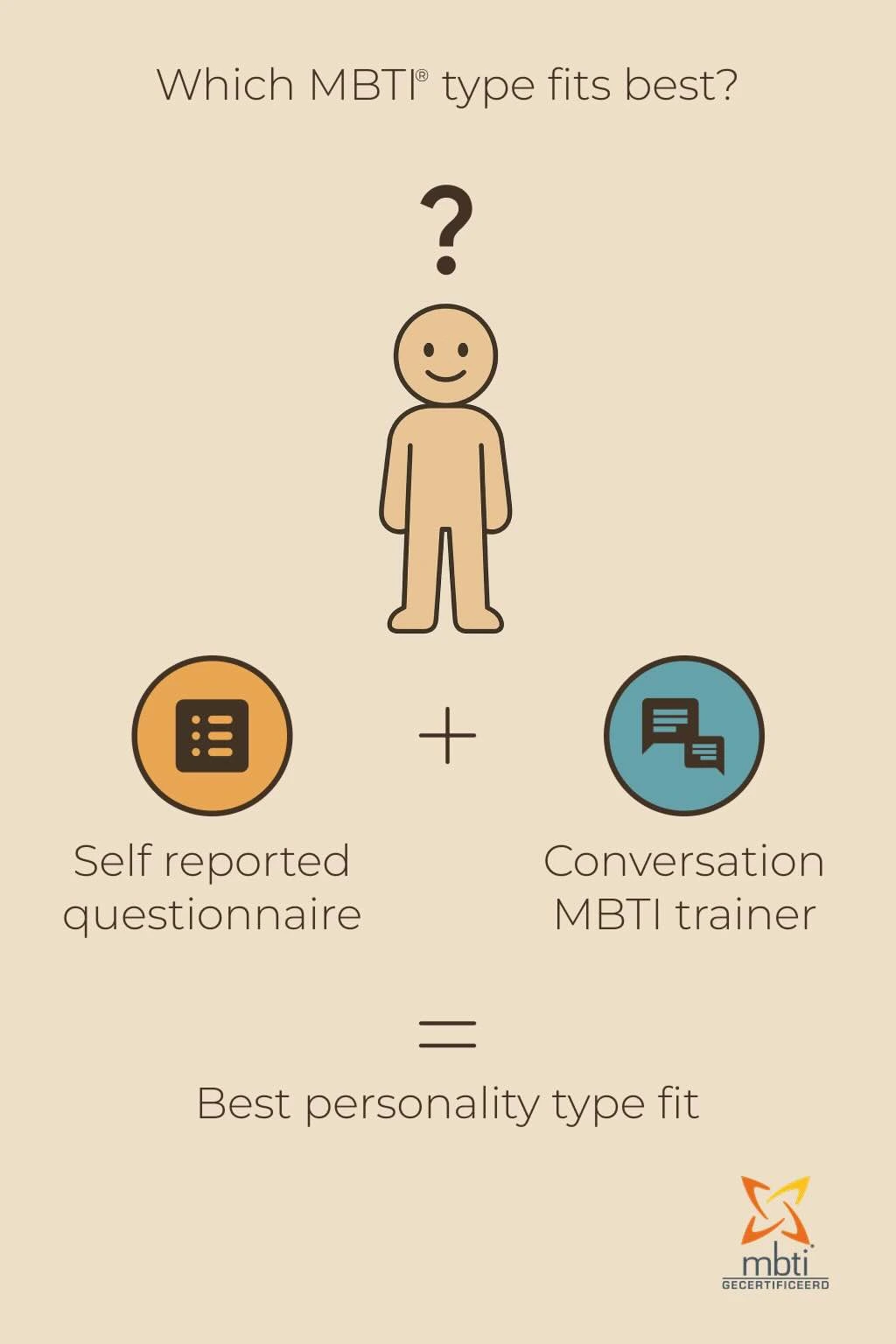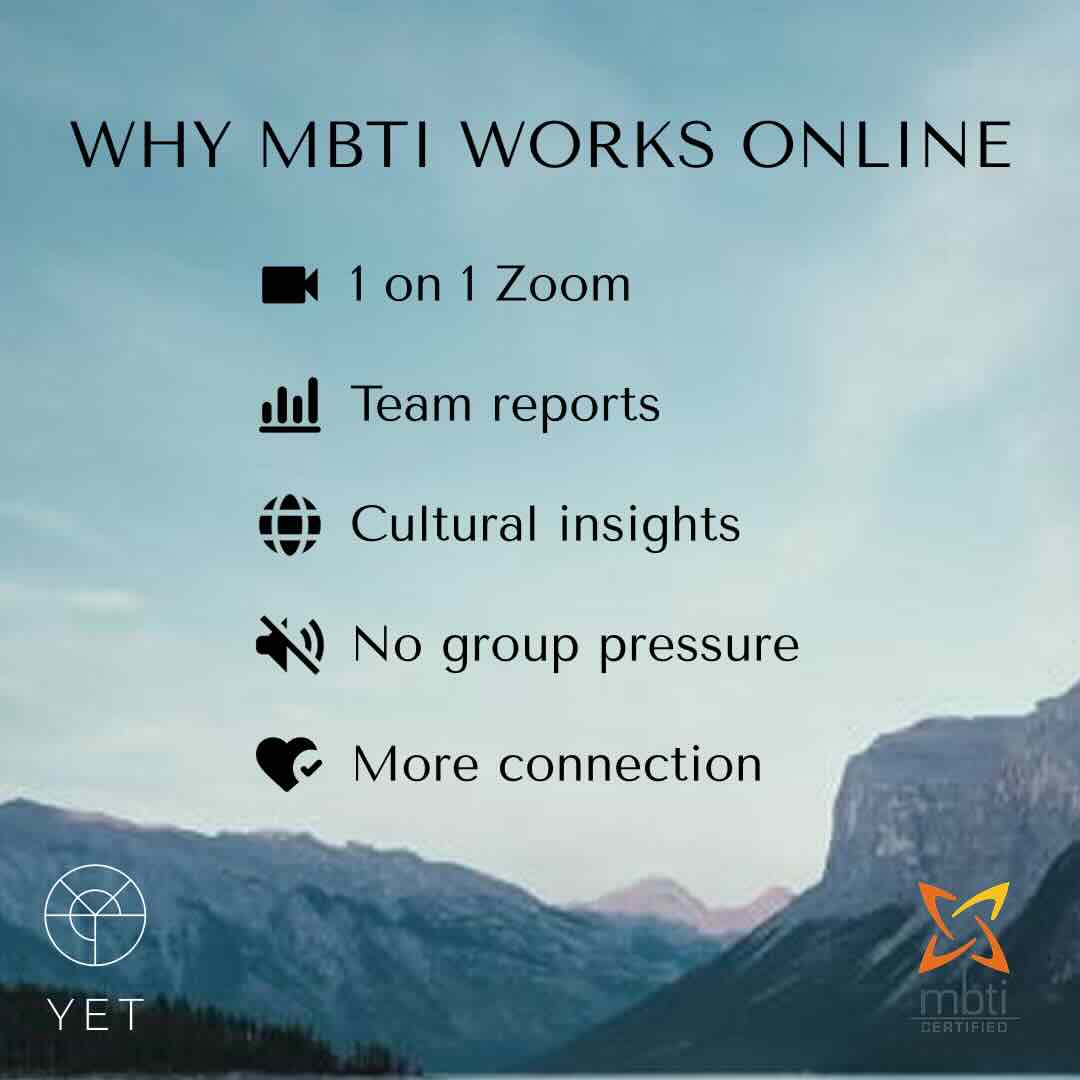Have you ever wondered where the idea of the 16 personalities comes from? When you take a personality test and discover you’re an INFJ, ESFP, or INTP, you’re engaging with a concept deeply rooted in the work of Swiss psychiatrist Carl Jung. The phrase “16 personalities Jung” is more than just a search term—it’s a doorway to understanding the origins of one of the most influential personality frameworks in the world.
In this blog, we’ll explore how Carl Jung’s theories led to the development of the 16 personality types and why his psychological insights still matter today.
The Roots of the 16 Personalities: Carl Jung’s Theory
In 1921, Carl Jung published a groundbreaking book titled Psychological Types. In it, he introduced the idea that people have natural preferences for how they perceive the world and make decisions. He described introversion and extraversion, as well as four psychological functions:
- Thinking
- Feeling
- Sensation
- Intuition
Each person, Jung believed, has a dominant function that shapes their behavior, along with secondary, tertiary, and inferior functions that influence how they grow and interact with the world.
Jung’s work didn’t define 16 personality types, but it laid the essential foundation for what would later become the MBTI (Myers-Briggs Type Indicator).
From Jung to the 16 Personalities
Years after Jung’s original theory, Katharine Cook Briggs and her daughter Isabel Briggs Myers expanded on his ideas. They created the MBTI, a practical tool to help people understand their own personalities and those of others. They introduced four dimensions, each with two opposite preferences:
- Extraversion (E) / Introversion (I) – Where you get your energy
- Sensing (S) / Intuition (N) – How you take in information
- Thinking (T) / Feeling (F) – How you make decisions
- Judging (J) / Perceiving (P) – How you interact with the outer world
These dimensions form the 16 personality types we know today—from ENFP to ISTJ. Each type represents a unique combination of preferences and offers insight into how we think, communicate, and behave.
Why “16 Personalities Jung” Still Matters
Understanding the link between Carl Jung and the 16 personalities helps us appreciate the depth of the system. Jung wasn’t creating a “test”—he was exploring how our minds work and how our preferences shape our experiences.
The 16 personalities framework, inspired by Jung, allows us to:
- Understand ourselves on a deeper level
- Improve communication with people who think differently
- Appreciate diversity in work and life
- Grow personally and professionally by developing underused traits
Whether you’re an intuitive dreamer or a practical realist, the Jungian roots of the 16 types remind us that no personality is better than another—just different.
Everyday Use of Jung’s 16 Personalities
Today, millions of people around the world use Jung’s ideas through MBTI assessments, workplace training, and personal development. The appeal lies in how relatable and useful the 16 personalities are in everyday life. From managing stress to choosing careers, Jung’s influence lives on in how we navigate our modern world.
Final Thoughts: Jung’s Legacy in the 16 Personalities
The connection between 16 personalities and Jung is essential to understanding why this system works so well. Carl Jung gave us the psychological building blocks; Briggs and Myers turned them into a tool for real-world insight.
So next time you hear someone mention MBTI or personality types, remember—you’re tapping into a rich history of psychology that started with one brilliant mind.
Knowing your type is just the beginning. The real magic begins when you apply those insights to how you live, work, and connect.




